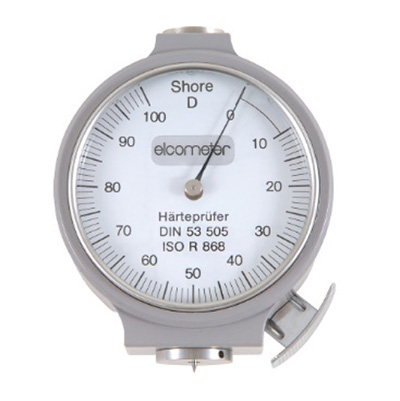Polyaspartic Coatings vs. Epoxy Coatings: Material Hardness and How to Make the Right Choice for Your Project
Polyaspartic vs. Epoxy Hardness
As we all know by now, the resinous flooring coating market seems to be changing daily and comparing coatings is getting complicated. When looking at polyaspartic vs. epoxy vs. polyurea, how do you determine which one is right for your project? And how can you find good quality material for a reasonable price?
The biggest of the big keep buying up smaller manufacturers, raw material shortages are still in play, and of course, freight has gone out of sight.
The good news from Thermal-Chem’s point of view is that the market is improving, and we can guide you to make the right choice.
How much harder is your polyaspartic than your epoxy?
This is easily one of the biggest misconceptions that the Thermal-Chem team hears frequently.
Apparently, there are some new “bathtub” blender contractors that are making outrageous claims that their polyaspartic is 4 times or even 25 times harder than epoxy.
That just isn’t and can’t be true. Here’s why.
Understanding the Hardness History of Polyaspartic
 In 1915, Professor Albert Shore invented hardness meters.
In 1915, Professor Albert Shore invented hardness meters.
There were different meters to measure different products. Rubberized products are measured on a Shore C scale, while resinous coatings are measured on a Shore D meter.
Where this type of statement falls apart is that the maximum Shore D rating is 100!
Thermal-Chem’s #1070 DecoFinish Polyaspartic and our popular #1062 DecoFinish Polyurea both have Shore D ratings between 70-75.
Our epoxies all test out at 80-90 on the Shore D scale.
With this being said, you would have to believe that if your polyaspartic is 4 times, or even 10 times harder than polyaspartic, it would have to test at 650.
There is no such testing method.
Hardness Testing – Know what’s being tested
There are two other tests, Compressive Strength and Tensile Strength, but again, 99% of all resinous coatings crack or pull apart using these tests. It is not possible to be 10 times harder than epoxy.
Thermal-Chem has been around since 1976. We’ve pretty much seen some outrageous product feature claims, but this one is JUST NOT TRUE.
Quite frankly, our biggest concerns are contractors who are innocently making these types of claims to potential customers.
CONTRACTORS DON’T BE FOOLED BY THESE CLAIMS!
So, is Polyaspartic better than Epoxy for floor coating?
If you’re wondering if polyaspartic is better than epoxy, we have the info for you. While both options will certainly do the job for many situations, Polyaspartic is regarded as the better solution for floor coating. Although using Epoxy for floor coating is a great choice, the durability, flexibility, and many other factors, lean to Polyaspartic as the better option.
Polyaspartic vs Epoxy vs Polyurea
If we want to take an even deeper look into the nuances between the three, here are some of the differences that we can quickly note.
- Polyaspartic – Somewhat of a mix of polyurea and epoxy and with a wide range of applications and highly regarded durability, this is an incredibly useful solution.
- Epoxy – A plethora of options to use this coating but not as strong or durable as Polyaspartic.
- Polyurea – Polyurea is a coating that is best used when protecting substances that are more coarse or harsh.
Get in Touch with Thermal-Chem Today
Thermal-Chem provides a number of high quality products for all of your project needs. Find your Polyaspartic or Epoxy coating from our site today!
